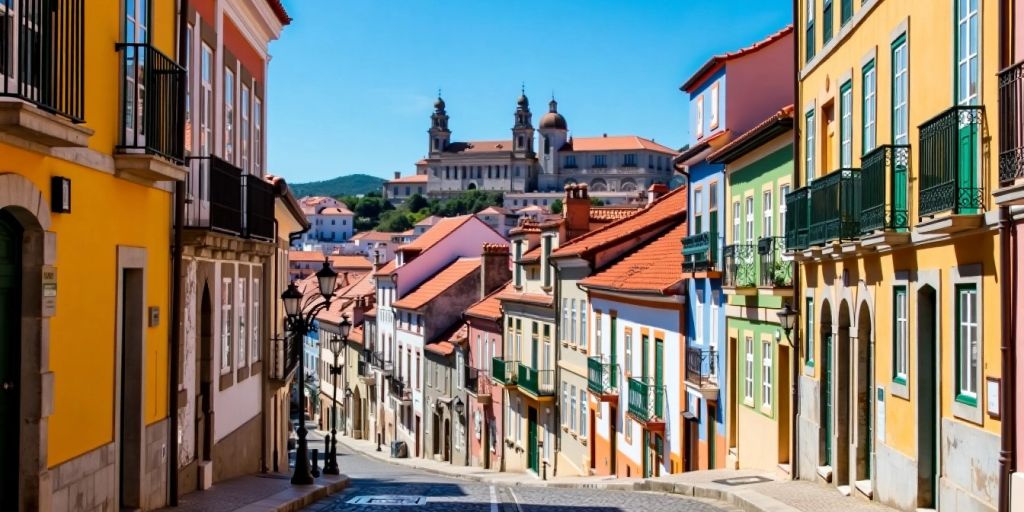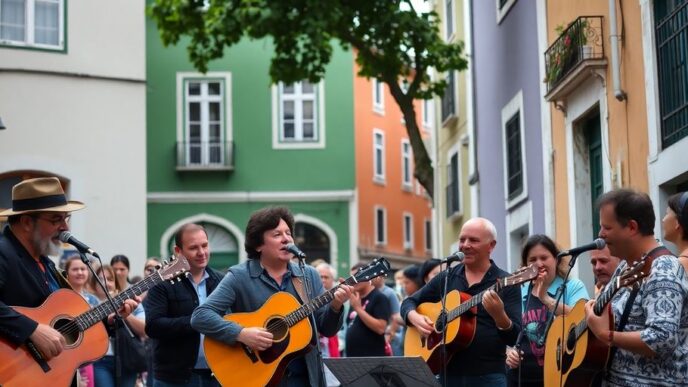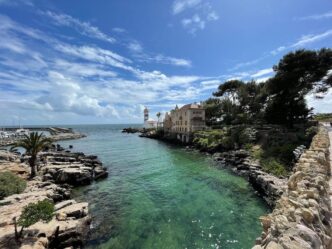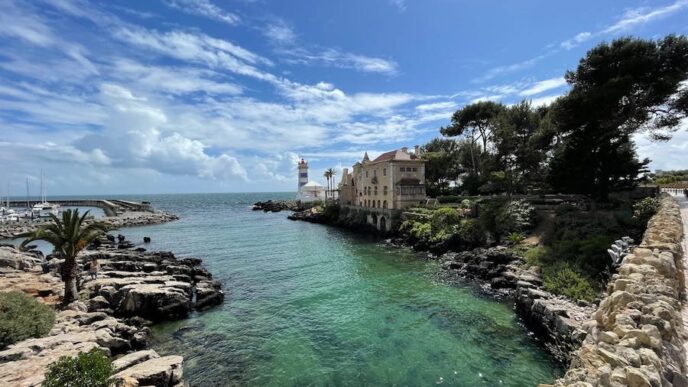The Architectural Wonders of Historical Portugal
Portugal is a treasure trove of architectural beauty, showcasing a variety of styles that tell the story of its rich history. From ancient Romanesque buildings to modern masterpieces, each structure has its own unique charm. Here’s a closer look at some of the most significant architectural styles and landmarks in Portugal.
Exploring Romanesque Structures
- Sturdy Design: Romanesque architecture is known for its thick walls and rounded arches, creating a sense of strength and stability.
- Notable Examples: Key examples include the Cathedral of Braga and the Church of São Vicente de Fora, both showcasing the style’s distinctive features.
- Cultural Significance: These structures often served as important religious sites, reflecting the deep-rooted spirituality of the time.
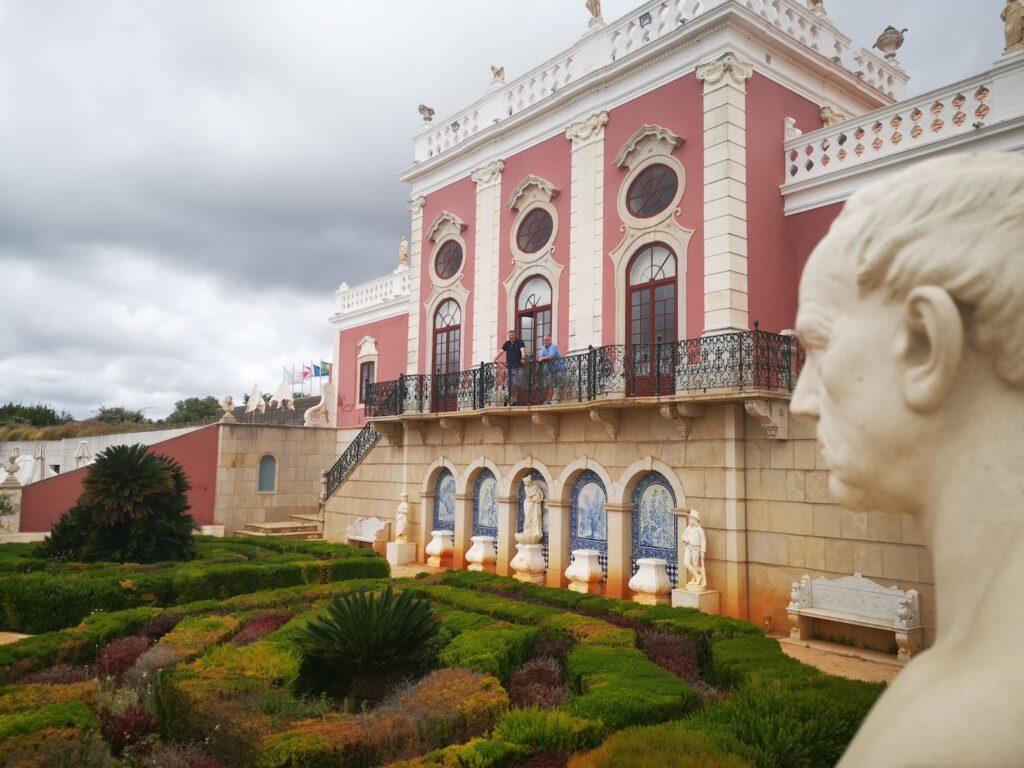
The Influence of Manueline Style
- Unique Characteristics: Manueline architecture is a Portuguese style that incorporates maritime elements and intricate details, often seen in the Jerónimos Monastery.
- Symbol of Exploration: This style celebrates Portugal’s Age of Discoveries, making it a vital part of the country’s architectural identity.
- Famous Structures: Other notable examples include the Tower of Belém, which stands as a maritime symbol of Portugal’s history.
Baroque Beauty Across Portugal
- Dramatic Designs: Baroque architecture is characterized by its grandeur and elaborate decorations, often found in churches and palaces.
- Key Landmarks: The Church of São Roque in Lisbon and the Palace of Mafra are prime examples of this opulent style.
- Cultural Impact: These buildings not only serve religious purposes but also reflect the wealth and power of the time.
Modern Architectural Marvels
- Innovative Designs: Modern architecture in Portugal showcases creativity and innovation, with structures like the MAAT Museum in Lisbon.
- Cultural Fusion: These buildings often blend traditional elements with contemporary design, creating a unique architectural landscape.
- Future of Architecture: As Portugal continues to evolve, its modern buildings will play a crucial role in shaping the country’s architectural future.
Exploring the architectural wonders of historical Portugal offers a glimpse into the past while celebrating the creativity and craftsmanship that define this beautiful country. Each style and landmark contributes to a rich tapestry of history, inviting visitors to appreciate the artistry and stories behind these remarkable structures.
Iconic Landmarks That Define Portugal’s History
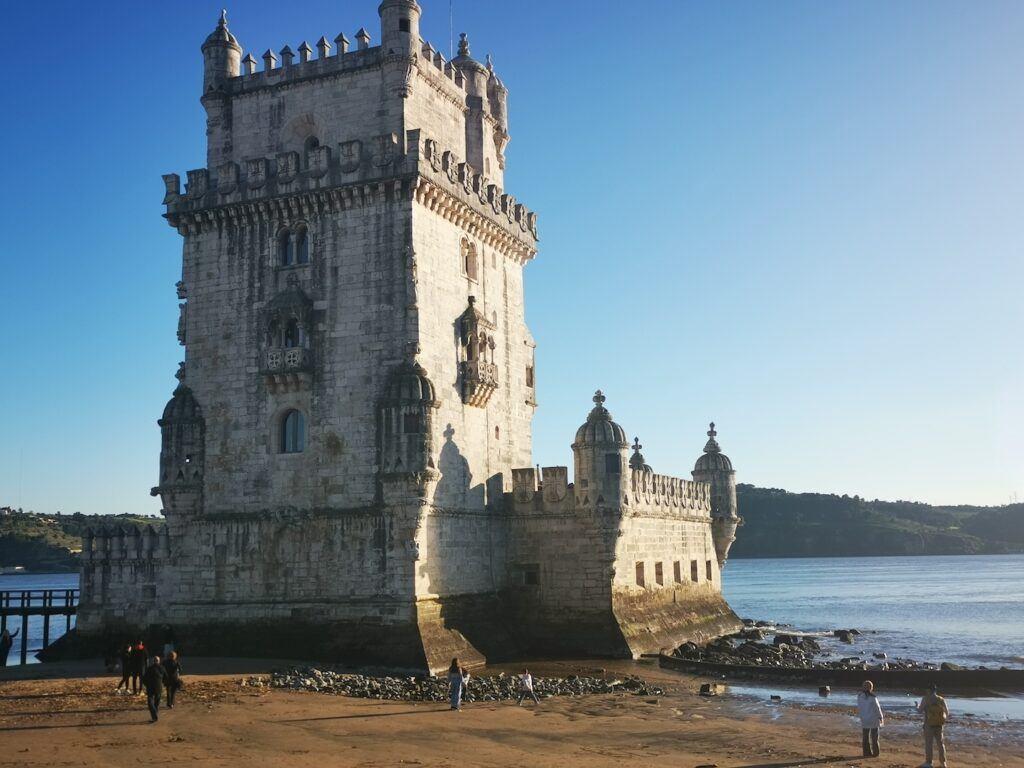
Tower of Belém: A Maritime Symbol
The Tower of Belém is one of Portugal’s most famous landmarks. Built in the 16th century, it served as a fortification and a gateway for explorers. Here are some key points about this iconic structure:
- Architectural Style: A mix of Gothic, Renaissance, and Moorish designs.
- Historical Significance: It symbolizes Portugal’s Age of Discoveries.
- Visiting Tips: Arrive early to avoid crowds and enjoy the views of the Tagus River.
Monastery of Batalha: Gothic Grandeur
The Monastery of Batalha is a stunning example of Gothic architecture. It was built to honor those who fought in the Battle of Aljubarrota. Here’s what makes it special:
- Intricate Details: The monastery features beautiful carvings and stained glass.
- UNESCO World Heritage Site: Recognized for its historical importance.
- Visitor Experience: Explore the peaceful cloisters and admire the craftsmanship.
University of Coimbra: A Scholarly Legacy
The University of Coimbra is one of the oldest universities in the world. Its rich history is reflected in its architecture:
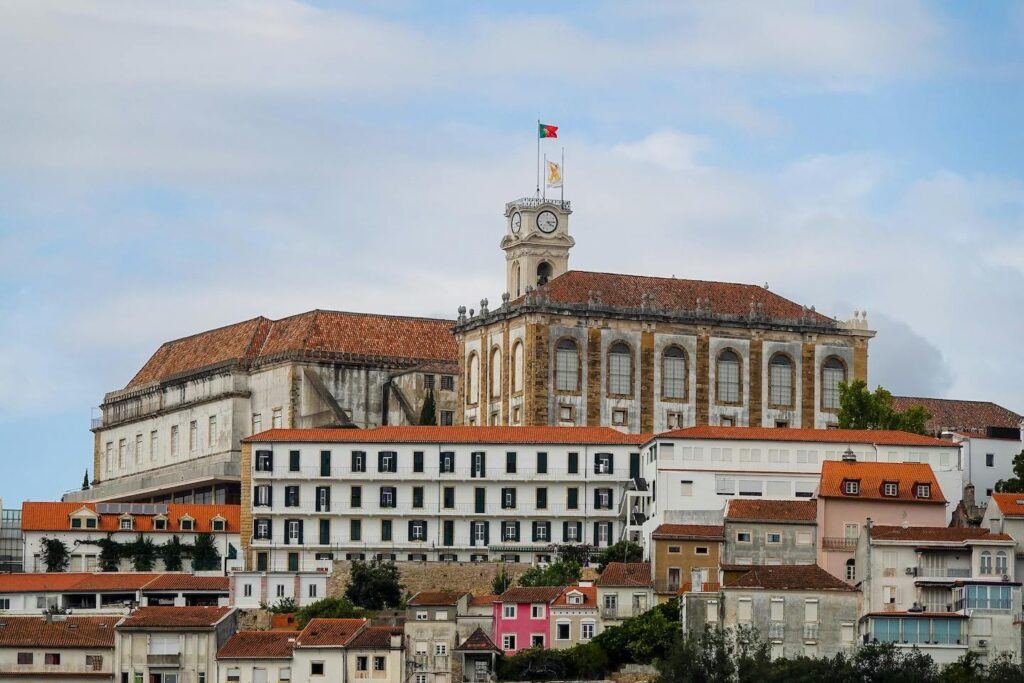
- Diverse Styles: The buildings showcase various architectural styles over centuries.
- Famous Library: The Baroque library, Biblioteca Joanina, is a must-see.
- Cultural Hub: The university hosts many events and activities throughout the year.
Jerónimos Monastery: Manueline Masterpiece
The Jerónimos Monastery is a prime example of Manueline architecture. It’s a UNESCO World Heritage site and a symbol of Portugal’s maritime history:
- Ornate Design: The intricate carvings reflect Portugal’s seafaring past.
- Historical Importance: It commemorates the Age of Discoveries.
- Visiting Experience: Take time to explore the church and the beautiful gardens.
These landmarks not only showcase Portugal’s rich history but also its architectural beauty. Each site tells a story of the past, making them essential stops on any journey through this fascinating country.
Discovering Portugal’s Charming Villages

Portugal is home to many quaint villages that offer a glimpse into the country’s rich history and culture. These hidden gems are perfect for travelers looking to escape the hustle and bustle of the cities. Here are some charming villages to explore:
The Timeless Appeal of Óbidos
- Medieval Walls: Óbidos is famous for its well-preserved medieval walls that encircle the village, providing stunning views.
- Chocolate Festival: Every year, Óbidos hosts a chocolate festival, attracting visitors with sweet treats and local delicacies.
- Historic Castle: The castle in Óbidos is a must-see, showcasing the village’s historical significance.
Évora: A Roman Legacy

- Roman Temple: Évora features a Roman temple that dates back to the 1st century, highlighting its ancient roots.
- Charming Streets: The narrow, cobblestone streets are lined with whitewashed houses, creating a picturesque setting.
- UNESCO World Heritage Site: Évora is recognized for its rich history and is a UNESCO World Heritage site.
Sintra: Palaces and Parks
- Colorful Palaces: Sintra is known for its stunning palaces, including the colorful Pena Palace that looks like a fairy tale.
- Beautiful Gardens: The gardens in Sintra are lush and provide a peaceful escape for visitors.
- Cultural Heritage: Sintra is a UNESCO World Heritage site, celebrated for its romantic architecture and landscapes.
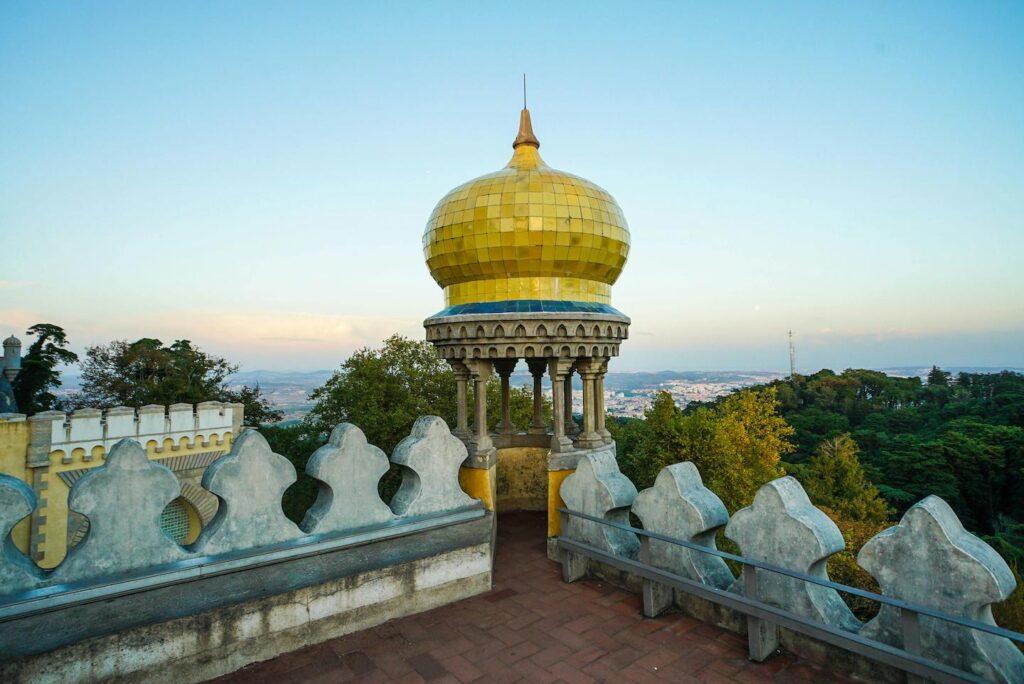
Alentejo’s Hidden Gems
- Rural Charm: The Alentejo region is filled with small villages that offer a taste of rural life in Portugal.
- Local Cuisine: Visitors can enjoy traditional dishes made from local ingredients, showcasing the region’s culinary heritage.
- Scenic Landscapes: The rolling hills and vineyards create a beautiful backdrop for exploring these hidden gems.
These villages not only reflect the authenticity of Portuguese life but also provide a warm welcome to all who visit. Whether you’re wandering through the streets of Óbidos or savoring local dishes in Alentejo, each village tells its own unique story, making them essential stops on your journey through Portugal.
Lisbon: A City Steeped in History
Lisbon, the vibrant capital of Portugal, is a city rich in history and culture. Its streets are filled with stories from the past, making it a fascinating place to explore. Here are some highlights of Lisbon’s historical significance:
São Jorge Castle: Overlooking the Capital
- Historic Fortress: This castle dates back to the 11th century and offers stunning views of the city.
- Cultural Events: Throughout the year, the castle hosts various cultural events and festivals.
- Exploration: Visitors can wander through its ancient walls and learn about its history.
The Historical Significance of Alfama
- Oldest District: Alfama is the oldest neighborhood in Lisbon, known for its narrow streets and traditional Fado music.
- Cultural Heritage: The area is filled with historic buildings and local shops, showcasing Lisbon’s rich culture.
- Community Spirit: The neighborhood has a strong sense of community, with locals often seen enjoying life in the streets.
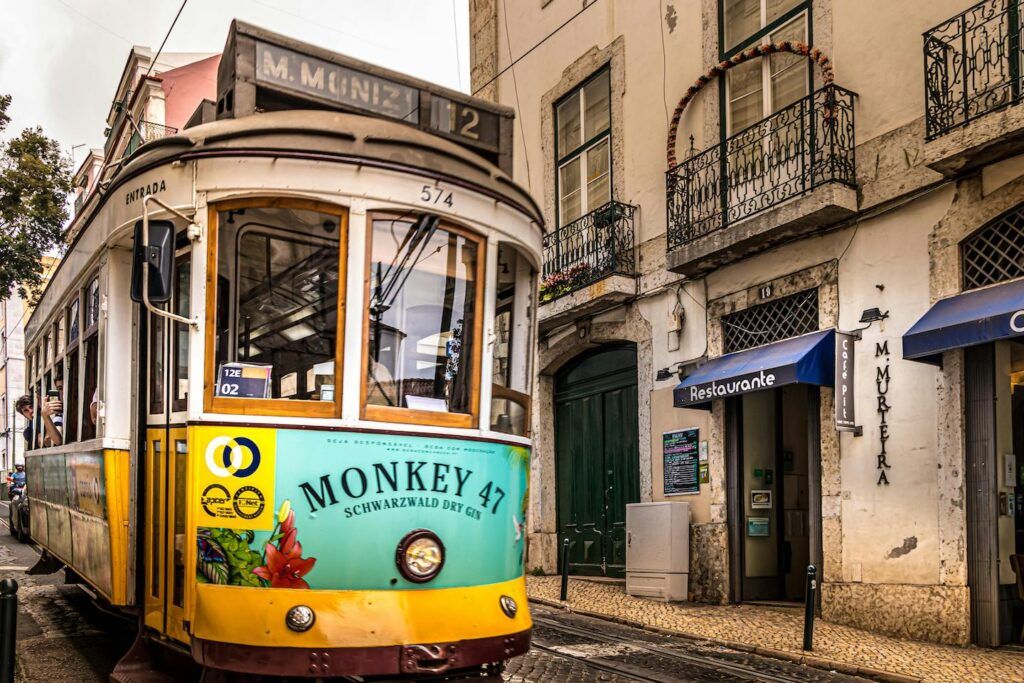
Exploring the Bairro Alto
- Vibrant Nightlife: This area is famous for its lively nightlife, with numerous bars and restaurants.
- Art Scene: Bairro Alto is also known for its artistic vibe, featuring street art and galleries.
- Historical Significance: The neighborhood has a rich history, with many buildings dating back to the 16th century.
Belém: Gateway to the Age of Discoveries
- Monuments: Belém is home to iconic landmarks like the Tower of Belém and the Jerónimos Monastery, which celebrate Portugal’s maritime history.
- Cultural Institutions: The area hosts several museums, including the MAAT Museum, showcasing art and technology.
- Culinary Delights: Don’t forget to try the famous Pastéis de Belém, a delicious local pastry.
Lisbon is a city that beautifully blends the old with the new, making it a must-visit for anyone interested in history and culture. Whether you’re exploring ancient castles or enjoying the vibrant streets, Lisbon offers a unique journey through time.
Cultural and Historical Tours in Portugal
Exploring Portugal’s rich history and culture is a fantastic experience, especially through tailored tours. Here are some exciting options:
Tailored Tours for Senior Travelers
- Comfortable Transportation: Tours are designed with senior needs in mind, ensuring easy access to all sites.
- Historical Insights: Guides provide engaging stories about Portugal’s past, making history come alive.
- Relaxed Pace: Enjoy a leisurely exploration without feeling rushed, allowing time to soak in the sights.
Family-Friendly Historical Tours
- Interactive Experiences: Families can enjoy hands-on activities that make learning fun for kids.
- Kid-Friendly Guides: Tours are led by guides who know how to keep children engaged and entertained.
- Cultural Activities: Participate in local traditions, such as cooking classes or craft workshops.
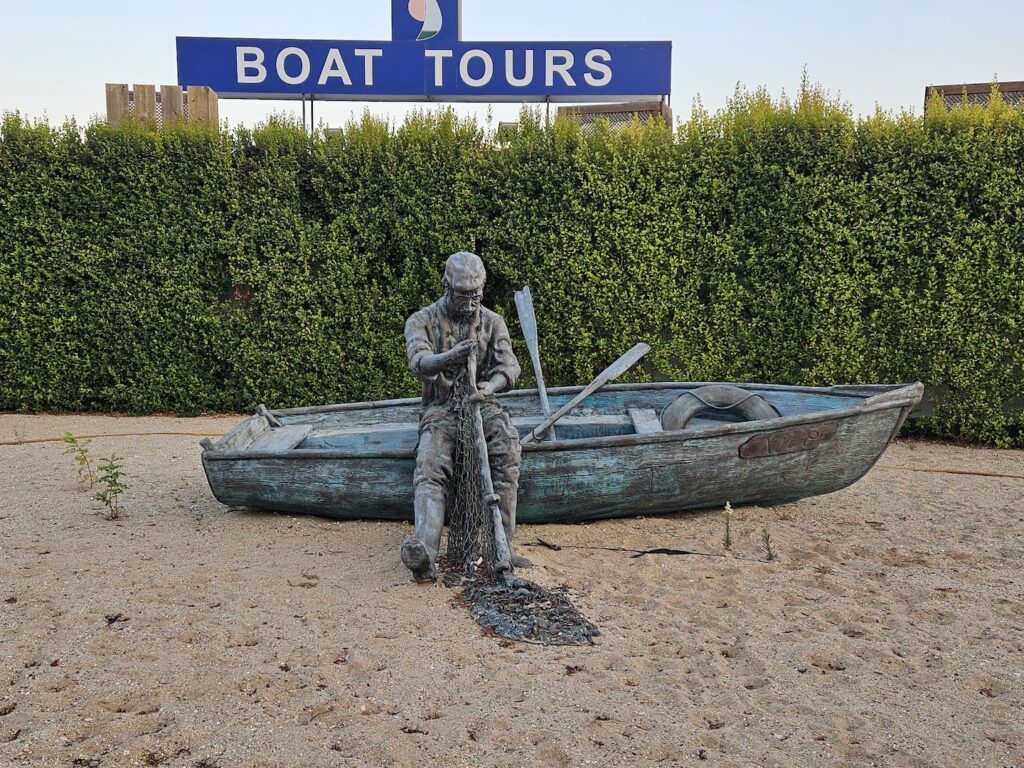
Walking Tours Through Portugal’s Past
- Scenic Routes: Discover beautiful landscapes while walking through historic neighborhoods.
- Local Stories: Learn about the people and events that shaped Portugal’s history from knowledgeable guides.
- Hidden Gems: Explore lesser-known sites that are often missed by tourists, providing a unique perspective.
Gastronomic Journeys Through History
- Culinary Delights: Taste traditional dishes that reflect Portugal’s diverse heritage.
- Wine Tastings: Experience the country’s famous wines, learning about their history and production.
- Market Visits: Explore local markets to see where ingredients come from and meet local vendors.
These tours not only highlight Portugal’s historical & heritage sites but also create memorable experiences for everyone involved. Whether you’re a senior traveler or a family, there’s something for everyone in Portugal’s rich tapestry of culture and history.
Portugal’s Maritime Heritage
Portugal has a rich maritime history that has shaped its culture and identity. From the Age of Discoveries to modern times, the sea has played a vital role in the country’s development. Here are some key aspects of Portugal’s maritime heritage:
The Age of Discoveries
- Exploration: During the 15th and 16th centuries, Portuguese explorers like Vasco da Gama and Ferdinand Magellan sailed to new lands, opening trade routes and expanding the world’s knowledge.
- Trade: Portugal established trade networks that connected Europe, Africa, and Asia, bringing spices, gold, and other goods back to Europe.
- Cultural Exchange: This period led to a blend of cultures, influencing Portuguese cuisine, language, and traditions.
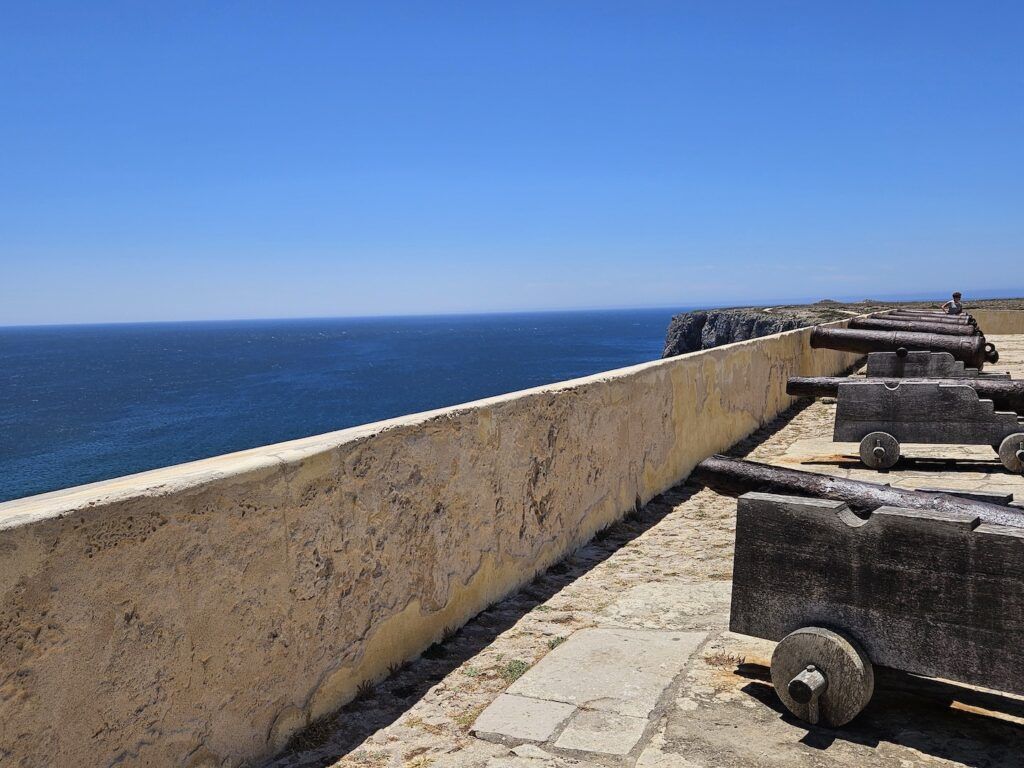
Maritime Museums and Exhibits
- Museu de Marinha: Located in Lisbon, this museum showcases Portugal’s naval history, featuring models of ships, navigational instruments, and artifacts from the Age of Discoveries.
- Interactive Exhibits: Many museums offer hands-on experiences, allowing visitors to learn about navigation and shipbuilding.
- Educational Programs: These programs help visitors of all ages understand the importance of maritime history in shaping modern Portugal.
Historic Ports and Harbors
- Lisbon: The capital city’s port has been a crucial hub for trade and exploration for centuries, with landmarks like the Tower of Belém symbolizing its maritime legacy.
- Porto: Known for its wine trade, Porto’s harbor has a rich history of shipping and commerce.
- Cascais: This coastal town was once a fishing village and is now a popular destination, reflecting the evolution of Portugal’s relationship with the sea.
The Legacy of Portuguese Navigators
- Influence on Navigation: Portuguese navigators developed new techniques and tools, such as the astrolabe, which improved sea travel.
- Global Impact: Their discoveries changed the world map and influenced global trade patterns, making Portugal a key player in world history.
- Cultural Heritage: The stories of these navigators are celebrated in literature, art, and festivals, keeping their legacy alive in modern Portugal.
Portugal’s maritime heritage is not just a part of its past; it continues to influence the country today, making it a fascinating destination for those interested in history and culture.
Religious and Spiritual Sites in Portugal

Portugal is home to many sacred places that reflect its rich spiritual heritage. From ancient monasteries to modern pilgrimage sites, these locations offer a glimpse into the country’s deep-rooted traditions and beliefs.
Fátima: A Pilgrimage Destination
Fátima is one of the most important pilgrimage sites in the world. Every year, millions visit to honor the Virgin Mary, who appeared to three shepherd children in 1917. Key features include:
- The Sanctuary of Fátima, which includes the Basilica of Our Lady of the Rosary.
- The Chapel of the Apparitions, where the visions took place.
- Annual events, especially on May 13 and October 13, attracting thousands of pilgrims.
The Monasteries of Portugal
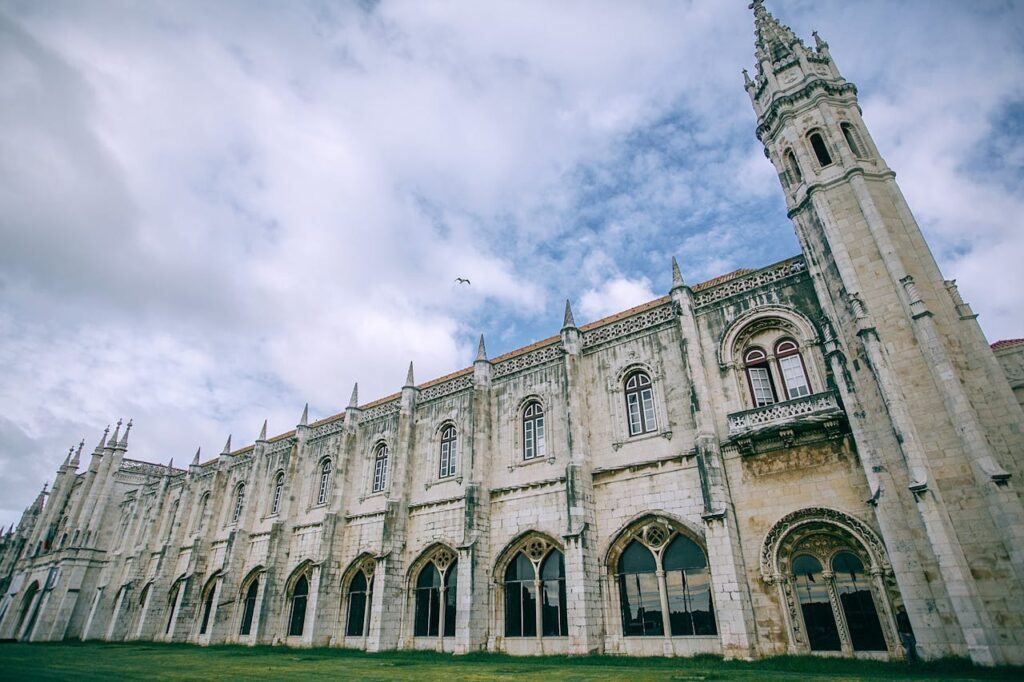
Portugal’s monasteries are architectural gems that showcase the country’s religious history. Notable ones include:
- Monastery of Batalha, a UNESCO World Heritage site known for its stunning Gothic architecture.
- Monastery of Alcobaça, famous for its Cistercian style and historical significance.
- Jerónimos Monastery in Lisbon, a masterpiece of Manueline architecture and a symbol of Portugal’s maritime past.
Churches with Historical Significance
Many churches in Portugal are not just places of worship but also hold historical importance. Some must-visit churches are:
- Sé de Lisboa (Lisbon Cathedral), the oldest church in the city, showcasing various architectural styles.
- Church of São Francisco in Porto, known for its lavish Baroque interior.
- Igreja de São Roque in Lisbon, which features a stunning chapel made entirely of marble.
Chapels and Cathedrals Across the Country
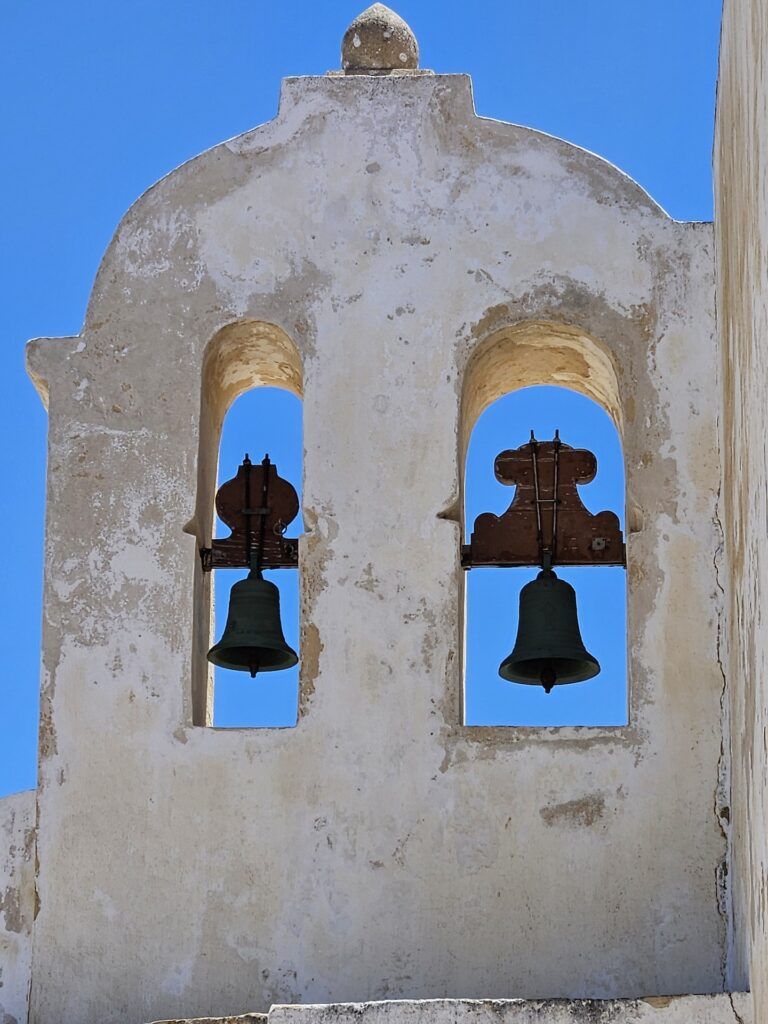
Portugal is dotted with beautiful chapels and cathedrals that reflect its spiritual journey. Highlights include:
- The Capela dos Ossos in Évora, famous for its unique bone decorations.
- The Cathedral of Évora, a mix of Romanesque and Gothic styles.
- The Chapel of Our Lady of the Mountain in the Azores, offering breathtaking views and a serene atmosphere.
These religious sites not only serve as places of worship but also as cultural landmarks that tell the story of Portugal’s past and its enduring faith.
Exploring Portugal’s rich history is a journey filled with amazing sights and stories. From ancient castles to beautiful churches, each landmark has its own tale to tell. Whether you are wandering through the streets of Lisbon or visiting the quiet villages, there is so much to discover. This adventure not only helps us learn about the past but also creates special memories that last a lifetime. So, pack your bags and get ready to experience the wonders of Portugal!
Frequently Asked Questions
What are some famous architectural styles in Portugal?
Portugal has many unique architectural styles, including Romanesque, Manueline, Baroque, and Modern designs. Each style reflects different historical periods.
What are some must-see landmarks in Portugal?
Some iconic landmarks include the Tower of Belém, the Monastery of Batalha, and the Jerónimos Monastery. These sites showcase Portugal’s rich history.
Which villages in Portugal are worth visiting?
Charming villages like Óbidos, Évora, and Sintra are popular for their beauty and history. They offer a glimpse into traditional Portuguese life.
What can I explore in Lisbon?
Lisbon is filled with history. You can visit São Jorge Castle, stroll through Alfama, or enjoy the views from Bairro Alto.
Are there special tours for seniors in Portugal?
Yes! There are tailored tours designed for seniors that focus on comfort and accessibility while exploring Portugal’s historical sites.
What is Portugal’s maritime heritage?
Portugal has a rich maritime history, highlighted by the Age of Discoveries. This includes famous navigators and important maritime museums.

